North Korea accidentally hit one its own cities with a missile, according to a report published in The Diplomat on Wednesday, Jan. 3.
Satellite images show damage caused by a failed test launch that struck Tokchon, a city of 200,000 in the interior of the country, according to a US government source with knowledge of North Korea’s weapons programs.
An intermediate-range ballistic missile (IRBM), named the Hwasong KN-17, was fired from Pukchang Airfield in South Pyongan Province, 40 miles north of Pyongyang on April 28 last year, the source told The Diplomat.
But after about one minute of powered flight, the rocket crashed down in the Chongsin-dong area of the city, apparently damaging what appears to be an agricultural or industrial building.
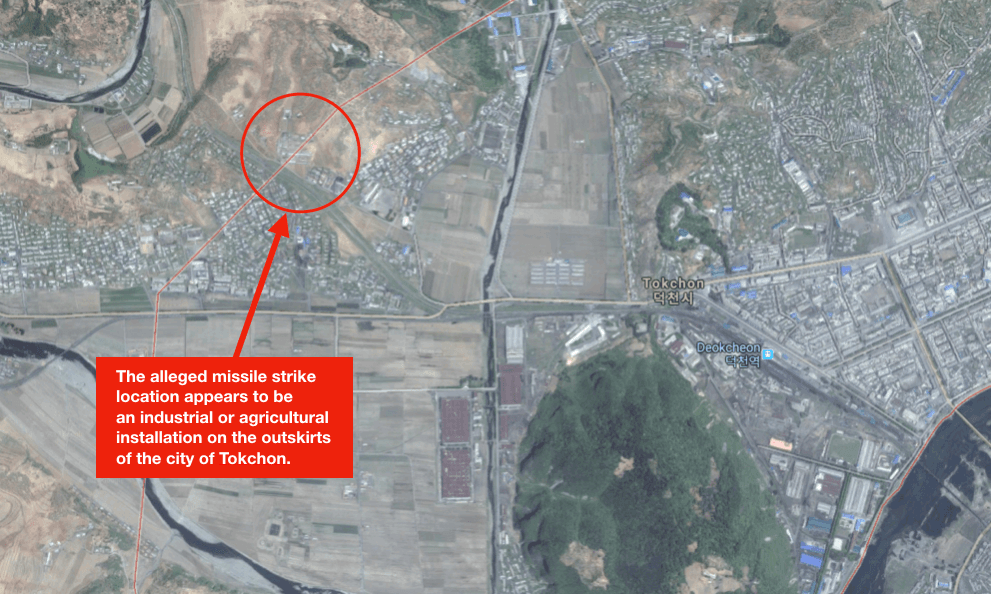
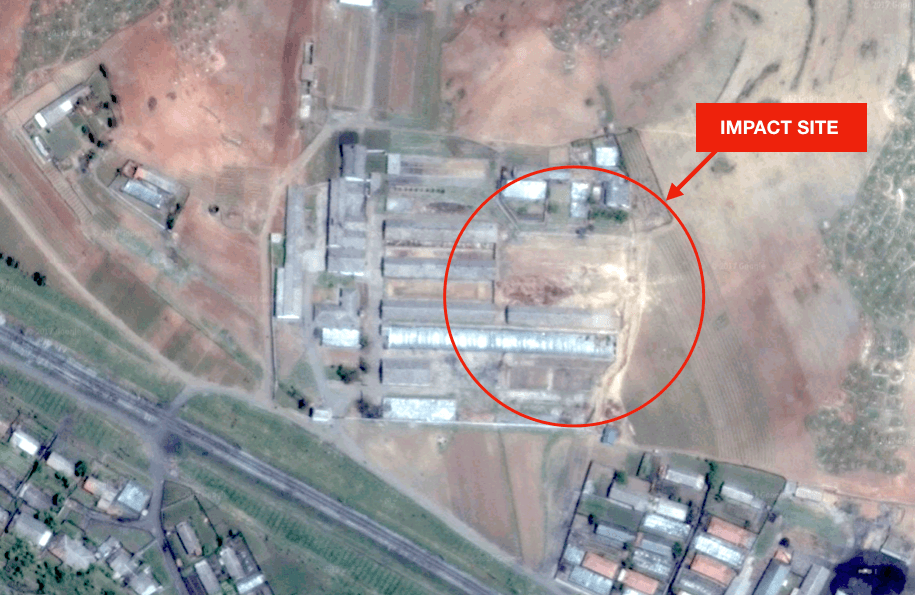
It is next to impossible to verify the true extent of the damage, or indeed to verify the report itself, due to the lack of access to the secretive communist state.
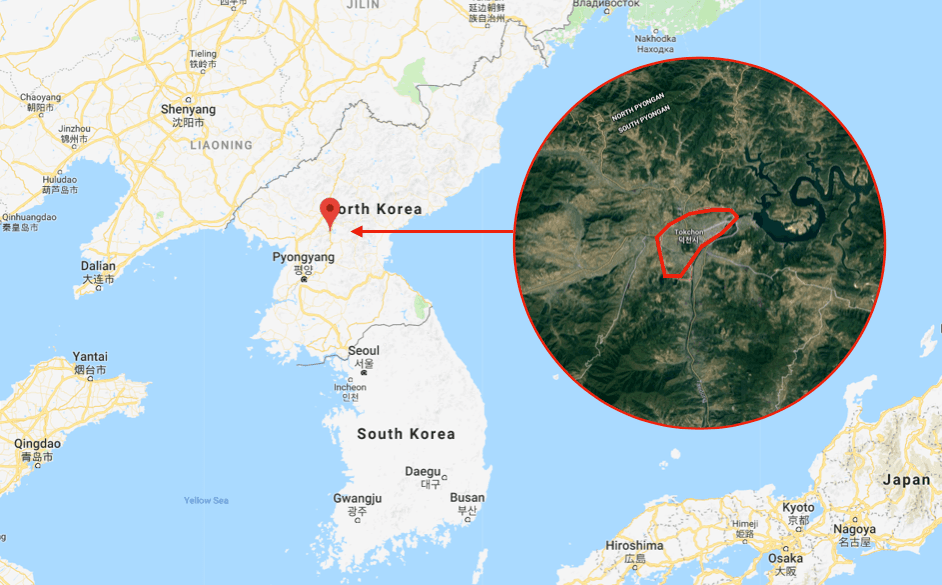
An earlier North Korean test launch failure
A missile that North Korea claimed had the range to hit targets anywhere in the United States most likely broke up as it re-entered the earth’s atmosphere, a U.S. official said on Saturday, Dec. 2, reported Fox.The news came in the wake of renewed concerns about North Korea’s nuclear strike capability as the rogue nation broke a two-month pause in weapons testing with the launch of its “most powerful ICBM” yet, dubbed the Hwasong-15.
While a technical analysis of the missile’s flight is still pending, the U.S. official said it had “problems with re-entry.”
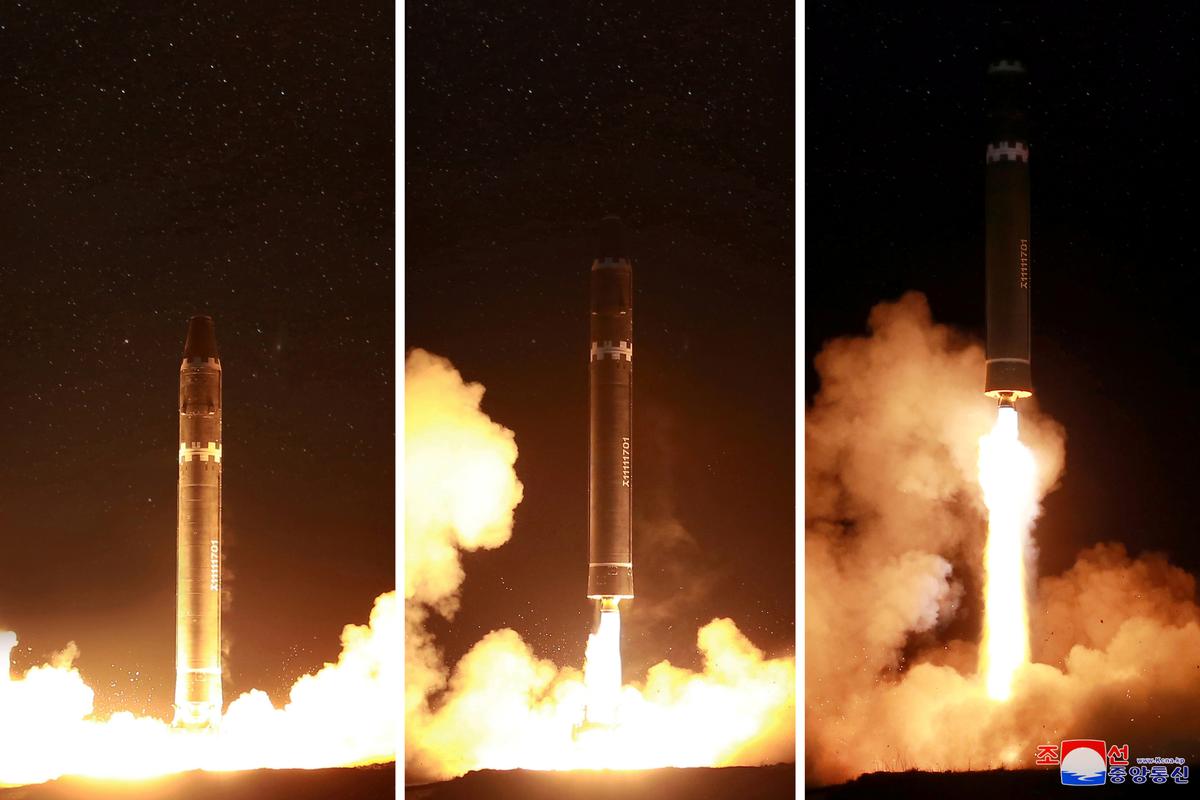
Despite revelations about the reported fragmentation of the two-stage liquid-fuel missile, this latest development in North Korea’s nuclear weapons program is concerning as it showcases an ability the regime previously didn’t have. It also signals the seriousness of regime’s frequently stated intent to develop weapons capable of attacking the United States.
While North Korea has threatened the U.S. mainland for months with nuclear weapons, intelligence and military experts said the regime lacked the ability to effectively deliver a nuclear warhead—this has now changed.
Following the ICBM missile test on Nov. 27, U.S. Secretary of Defense Jim Mattis said that the missiles North Korea is developing “could threaten everywhere in the world.”
North Korea defector reveals regime plans to build new threat
North Korean dictator Kim Jong Un has ordered top scientists to build the country’s largest rocket yet, according to a defector.The defector told a Japanese newspaper that the country has already started production on its largest missile to date, planning for a launch on the 70th anniversary of the founding of the communist republic.
The missile has been designated the Unha-4, and is planned as a larger version of the Unha-3.

Two Unha-3 missiles have been successfully launched, the latest in February 2016 from the Sohae Satellite Launching Station in the northwest of the communist country.
“Many nations, such as the United States and South Korea, consider the launch to be a cover for testing ballistic missile technology,” the broadcaster reported. “The nuclear-armed North has insisted its aim was to place a scientific satellite in space.”
The satellite that North Korea claimed had been put into orbit has not been identified by experts, casting doubt on the claim of success.
The Unha-3 was 98-feet long and based on Soviet technology. The North Korean defector told the Japanese newspaper that the Unha-4 is essentially ready but needs to undergo multiple rounds of testing.
The latest missile news comes just a few days after Kim claimed in his New Year’s speech that he has a “nuclear button” on his desk to use at any time.
“No matter how much America wants to attack us with their military might and nuclear power, they know that now we possess such great nuclear power and therefore they will not dare.”
While much of the regime’s true capability is shrouded in secret, CIA Director Mike Pompeo said in October 2017 that the regime appeared to be just months away from perfecting its nuclear capabilities.
“This is a very big missile,” Michael Duitsman, a research associate at the Centre for Nonproliferation Studies, said in an analysis posted to Twitter. “And I don’t mean ‘Big for North Korea.’ Only a few countries can produce missiles of this size, and North Korea just joined the club.”
U.S. President Donald Trump has said multiple times over the past several months that the United States would meet force with force were Jong Un ever to make good on his threats of launching one or more nuclear missiles at the United States.
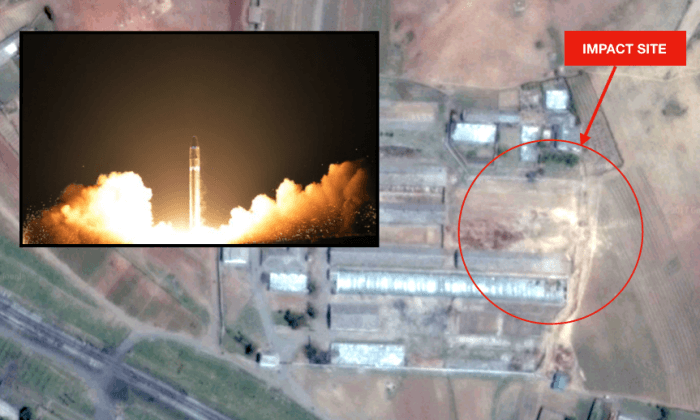


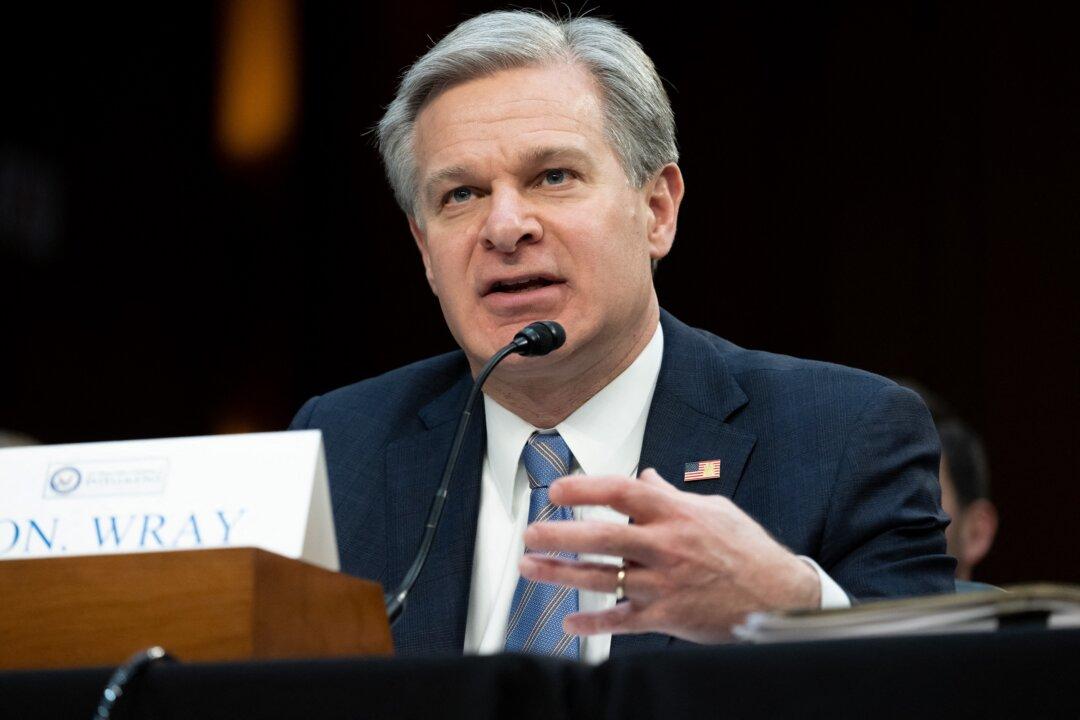


Friends Read Free